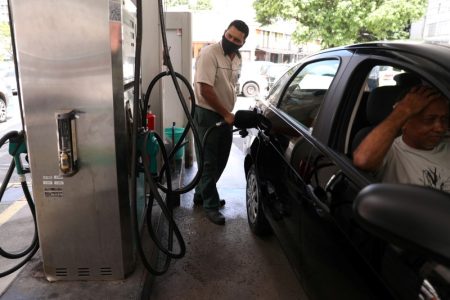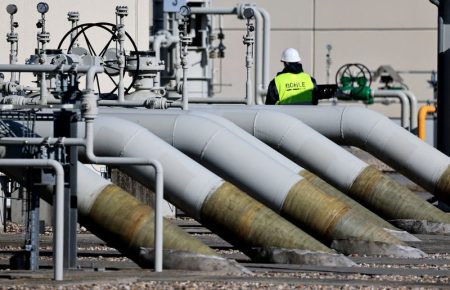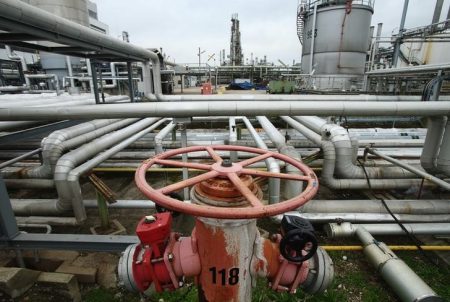By Leah Douglas
WASHINGTON (Reuters) – The U.S. environment regulator does not sufficiently verify that carbon capture and storage (CCS) projects keep emissions trapped underground and should boost its requirements to ensure companies receiving CCS tax credits provide an actual environmental benefit, a watchdog group said on Thursday.
CCS is a pillar of U.S. President Joe Biden’s climate plan, but has been criticized by environmental groups for prolonging the use of fossil fuels. Biden’s cornerstone climate law, the Inflation Reduction Act, includes lucrative CCS tax credits.
The non-profit group Environmental Integrity Project (EIP) reviewed 21 CCS plans approved by the Environmental Protection Agency (EPA) and found that the agency does not require any specific monitoring strategies or technologies, that companies wrote their own guidelines for addressing leaks, and that ambiguity within the plans makes them difficult to enforce.
An EPA spokesperson told Reuters the agency is reviewing the report.
Another 61 CCS applications are under review by EPA according to the agency’s website, most of which were submitted after the IRA became law. The IRA includes tax credits of $60 per metric ton of carbon captured for a purpose like pushing oil out of aging reservoirs and $85 per ton of carbon captured and permanently stored.
“Before this flood of carbon capture and sequestration projects become operational, EPA needs to enact strong industry regulations that can protect the environment while combating climate change,” said Eric Schaeffer, EIP’s executive director, in a statement.
Of the 21 plans reviewed by EIP, 16 are from oil and gas companies, three from ethanol plants, and one each from a coal-fired power plant and a coal gassification plant.
EPA regulates most of the country’s so-called Class VI wells where carbon emissions are stored, though some states regulate their own wells.
The ethanol industry is particularly hoping CCS will lower its emissions enough to qualify for lucrative low-emission fuel subsidies.
Read the full article here









